Bridging the Gap: How ‘Data in Place’ and ‘Data in Use’ Define Complete Data Observability
DataKitchen
SEPTEMBER 21, 2023
L1 is usually the raw, unprocessed data ingested directly from various sources; L2 is an intermediate layer featuring data that has undergone some form of transformation or cleaning; and L3 contains highly processed, optimized, and typically ready for analytics and decision-making processes. What is Data in Use?

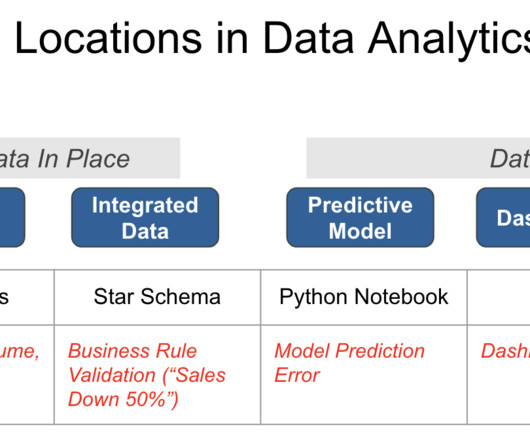

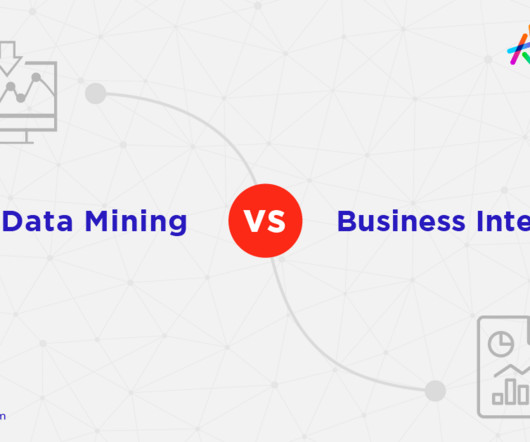
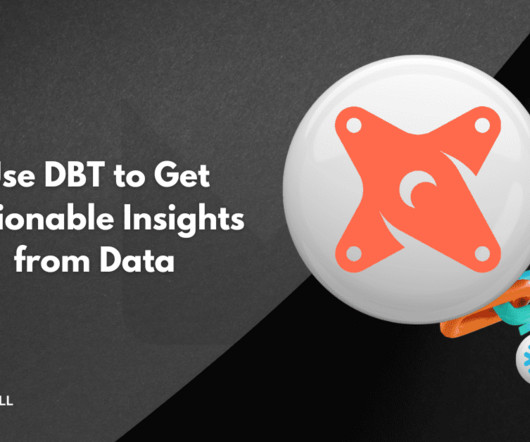

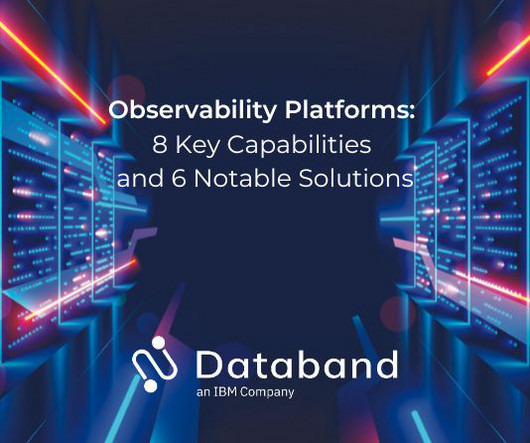
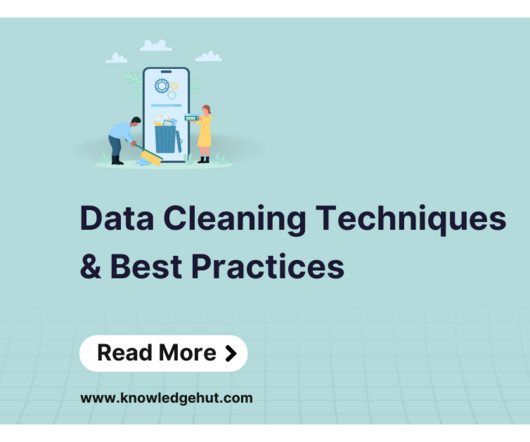







Let's personalize your content